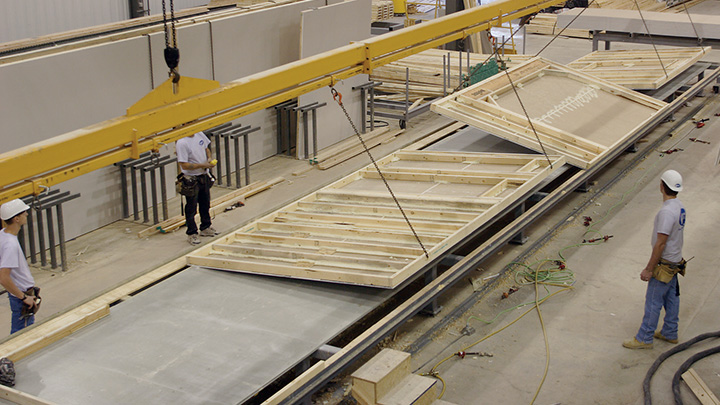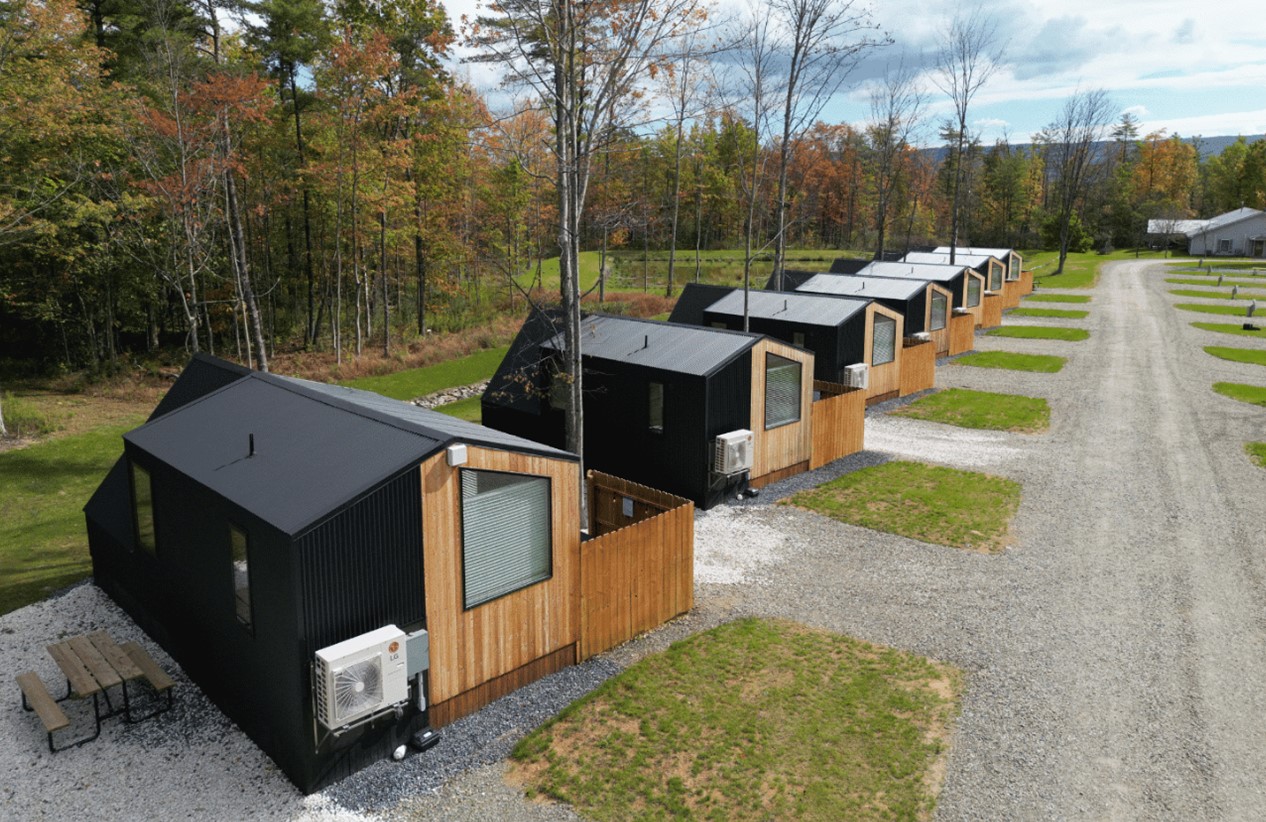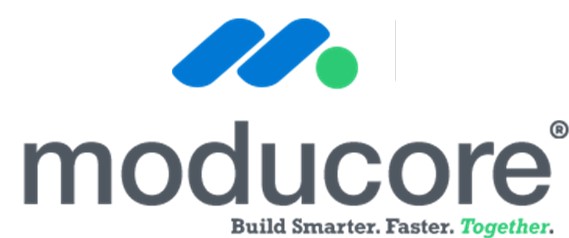In offsite construction, speed and efficiency are supposed to be the name of the game. The industry thrives on delivering factory-built components and modules that reduce labor time, waste, and unpredictability on the job site. Yet, ironically, some offsite construction companies are trapped in an invisible bottleneck of their own making: Analysis Paralysis.

For many of these companies, every innovation, every potential process improvement, and every investment decision must be proven with absolute certainty before moving forward. If a new technology, material, or software solution isn’t validated with 100% accuracy, it’s put on the back burner indefinitely. This excessive caution results in missed opportunities, stunted innovation, and lost competitive advantage in an industry that desperately needs to evolve.
The Problem: Overthinking Leads to Stagnation
Offsite construction firms often have a higher barrier to decision-making than their traditional counterparts because the entire premise of their business is precision and predictability. Unlike site-built construction, which can adapt to changes more fluidly, offsite factories rely on upfront planning, making leadership more risk-averse.
This creates a culture where decision-makers demand endless feasibility studies, white papers, and expert validation before making changes. They fear being the first to try something unless another factory has already succeeded, focusing too much on proving ROI with extreme certainty rather than taking calculated risks. As a result, they become bogged down in committees and drawn-out approval processes.

In reality, this kind of thinking prevents them from adapting to market shifts, integrating better technology, and staying competitive with those who are willing to take action with imperfect but strong data.
The Solution: The 80/20 Approach to Decision-Making
One of the most powerful business principles that offsite factories should adopt is the 80/20 rule for decision-making. Instead of waiting for 100% certainty, they should move forward with 80% confidence—understanding that the remaining 20% can be adjusted as they go.
Waiting for a perfect solution often results in competitors gaining a significant advantage. Companies that learn as they go by implementing pilot programs in controlled environments can make adjustments along the way rather than delaying progress. A decision made at 80% certainty still allows for adjustments if minor issues arise, whereas a decision never made at 100% certainty is an opportunity forever lost.
Examples of Lost Opportunities in Offsite Construction
Consider the offsite companies that refused to invest in automation and robotics five years ago because they weren’t sure about the return on investment. Today, those same companies are struggling to keep up with the labor shortages that their competitors mitigated by moving forward with an 80% decision on automation.
Similarly, modular firms that held off on integrating AI-driven scheduling software because they couldn’t find enough case studies to prove its effectiveness are now at a disadvantage. Meanwhile, other companies that took the risk are running their factories with fewer delays and better forecasting.
Making the Shift: How Offsite Companies Can Embrace the 80/20 Rule
To break out of analysis paralysis, offsite construction leaders need to reframe their decision-making culture. One way to do this is by setting a decision deadline to limit the time spent on analysis. If a decision isn’t made within a set timeframe, action should be the default.
Another way is to run small experiments. Instead of delaying a decision indefinitely, companies can test new ideas on a limited scale before full implementation. Creating a fail-fast culture will also help—encouraging teams to learn from small mistakes rather than avoiding all risks ensures progress.
Shifting the mindset from proof to progress is key. Instead of proving something will work with 100% certainty, leaders should ask themselves whether they have enough data to move forward with adjustments as needed. Benchmarking against industry leaders can also provide guidance, allowing companies to see how progressive offsite firms implement agile decision-making successfully.
The Cost of Indecision is Higher Than the Cost of Mistakes
In offsite construction, doing nothing is often riskier than making a well-informed but imperfect decision. The companies that will shape the future are those that understand the power of 80/20 thinking—where progress and adaptation outweigh the illusion of perfection.
So the next time your factory is stuck in a loop of “just one more study” before making a decision, ask yourself: Is waiting for 100% proof worth losing the opportunity altogether? The answer is almost always no.
.

Gary Fleisher
Gary Fleisher is a leading influencer in offsite housing construction. For over a decade, he has researched and written about the latest industry trends and developments. His deep knowledge and experience make him a trusted resource for businesses wanting to stay ahead in modular construction. Along with his role as an editor, Gary is also a popular speaker and consultant, helping companies improve their strategies and operations.












